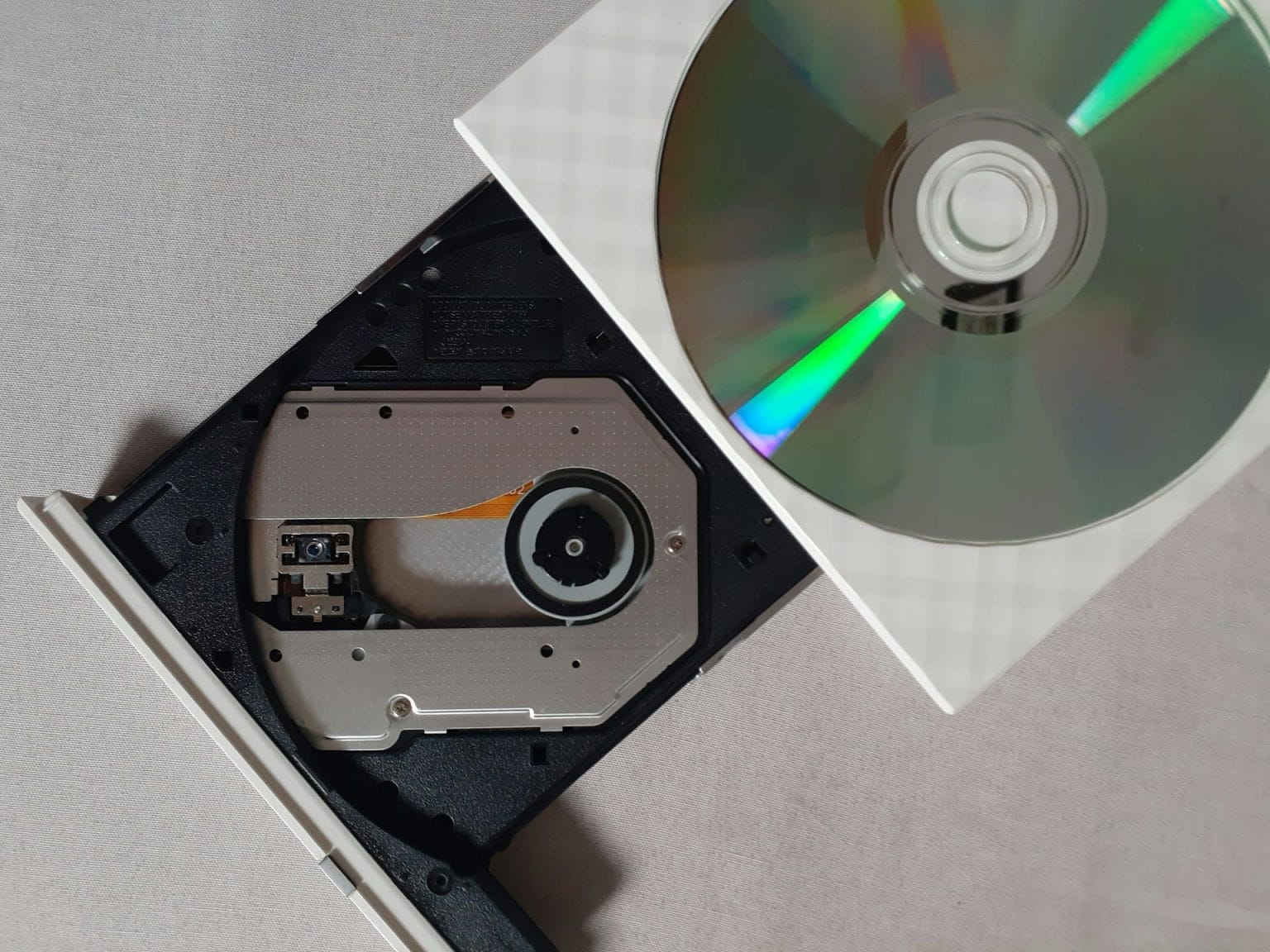Sony has announced that starting February 2025, it will stop producing Blu-ray discs, MiniDiscs, MD Data and Mini DV Cassettes. This move, which marks the end of decades of developing physical formats, symbolizes the definitive decline of an era where tangible media dominated content distribution. With no successor models on the horizon, Sony bids farewell to a technological legacy that defined entire generations.
Historical Context: The Evolution of Physical Formats
Since the 1980s, physical formats have played a crucial role in content consumption. Each technology represented a significant advancement over its predecessor, providing better storage capabilities, audio and video quality, or portability. Below is a table summarizing the most relevant milestones of physical formats:
| Format | Release Year | Developed by | Capacity/Key Features | Historical Impact |
|---|---|---|---|---|
| CD (Compact Disc) | 1982 | Sony and Philips | Up to 700 MB or 80 minutes of digital audio. | Revolutionized the music industry by introducing high-quality digital audio. |
| MiniDisc | 1992 | Sony | 74-80 minutes of audio; rewritable. | Offered portability and durability but was overshadowed by CDs and MP3s. |
| DVD (Digital Versatile Disc) | 1995 | Toshiba, Philips, and Sony | 4.7 GB per layer, ideal for SD video. | Replaced VHS, marking a new era in home cinema. |
| Blu-ray Disc | 2006 | Sony | Up to 128 GB (BD-R XL); Full HD and 4K quality. | Won the battle against HD DVD but was quickly surpassed by streaming. |
| Mini DV Cassette | 1995 | Sony | Digital video storage (approximately 13 GB per tape). | Popular in professional and home video recording. |
Sony and the Decline of Physical Formats
Despite its technical advantages, Blu-ray never achieved the mass popularity of other formats like DVD. Its launch coincided with the rise of streaming platforms and high-speed internet connections, which offered more convenient alternatives for content consumption.

Sony, which led the development of many of these formats, had already signaled its withdrawal. In 2024, it suspended production of some Blu-ray discs, such as the 25 GB BD-RE and the 128 GB BD-R XL. The recent announcement to completely cease production of Blu-ray discs and other tangible media confirms that the company has decided to focus on digital and cloud technologies.
Reasons Behind the Decision
Sony justified this measure by citing the decline in demand and the inability of the format to meet commercial objectives. Additionally, the market has evolved toward entirely digital models, where streaming platforms dominate the landscape.
A recent case illustrating this shift is LG’s exit from the Blu-ray player market in 2024. Although LG left the door open to return if demand warranted it, Sony’s definitive move practically closes that option.
Cultural and Economic Impact
The abandonment of physical formats represents not only a technological shift but also a cultural impact. For decades, collecting discs, whether music, film, or video games, has been part of the consumer experience. Physical formats offered users a sense of real ownership, something that digital editions cannot fully replicate.
Moreover, the shift to digital raises important questions about content ownership. With digital formats, consumers do not own the content; instead, they acquire licenses subject to terms of use that can change at any time. This poses a risk compared to the stability that physical formats offered.
Reflection: Where Do We Go From Here?
Sony’s move is yet another symptom of the decline of physical formats, driven by the convenience of digital. However, this change also entails challenges, such as dependency on cloud services and the risks of vendor lock-in.
While physical formats are becoming relics of the past, their legacy remains. They served as the foundation for today’s industry and set a standard of quality that still persists in modern platforms.
Perhaps it is time for companies and consumers to reflect on the balance between convenience and control. Just like vinyl, which has experienced a resurgence in recent years, we might see a revival of interest in physical formats in the future. For now, however, it seems the future will be entirely digital.
With this announcement, Sony closes a pivotal chapter in the history of technology and entertainment, leaving a legacy that will be remembered for generations to come.

